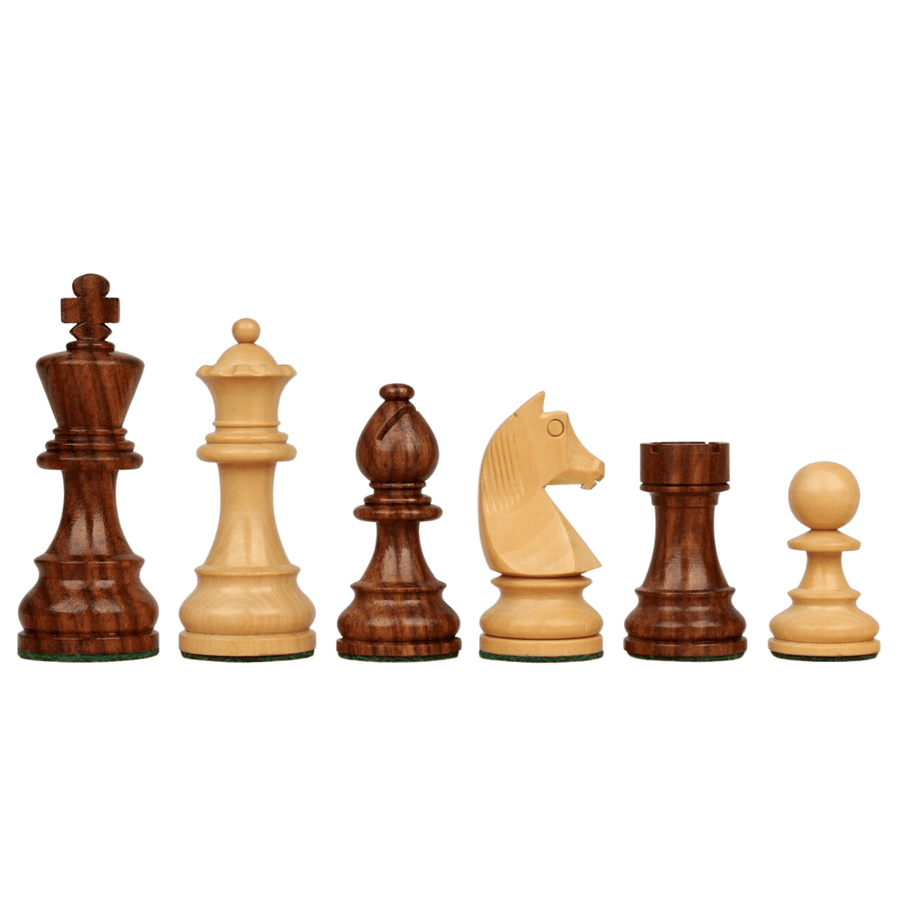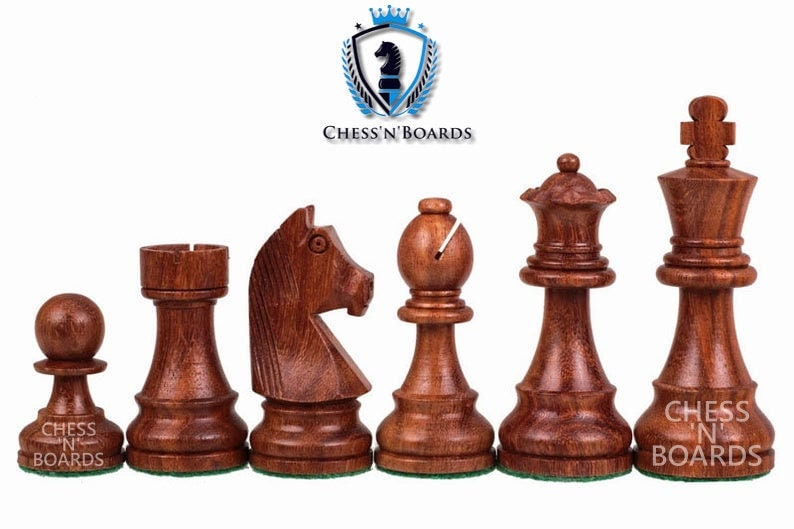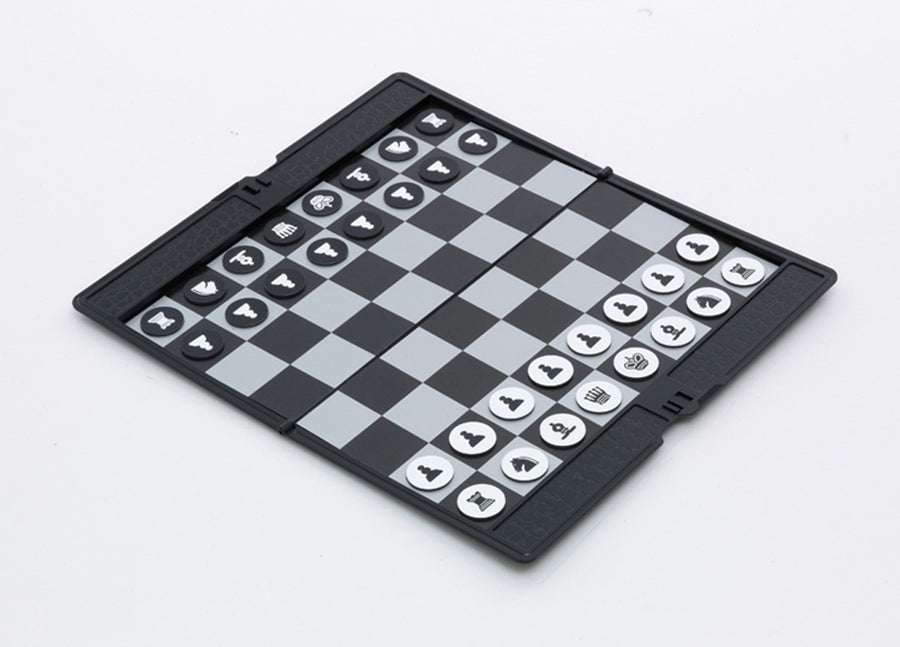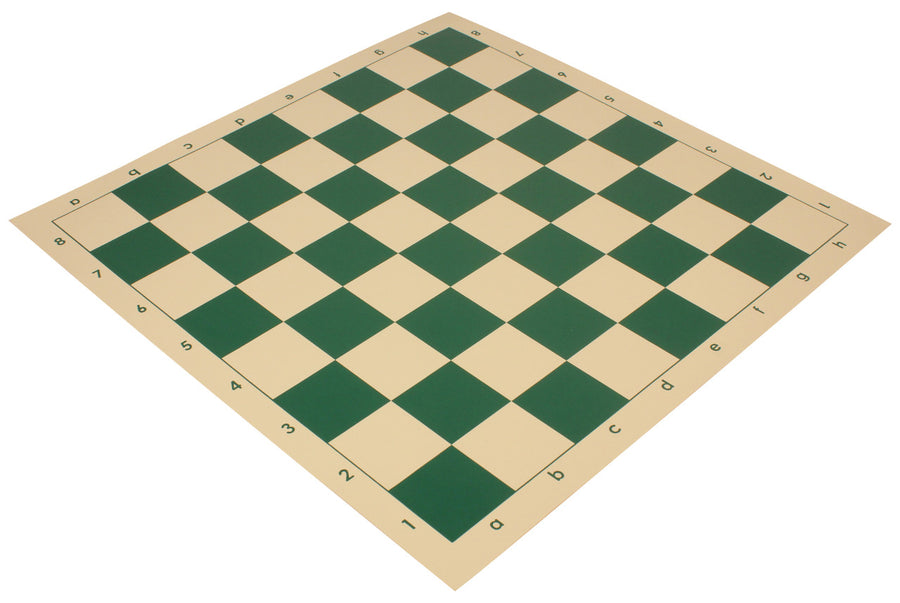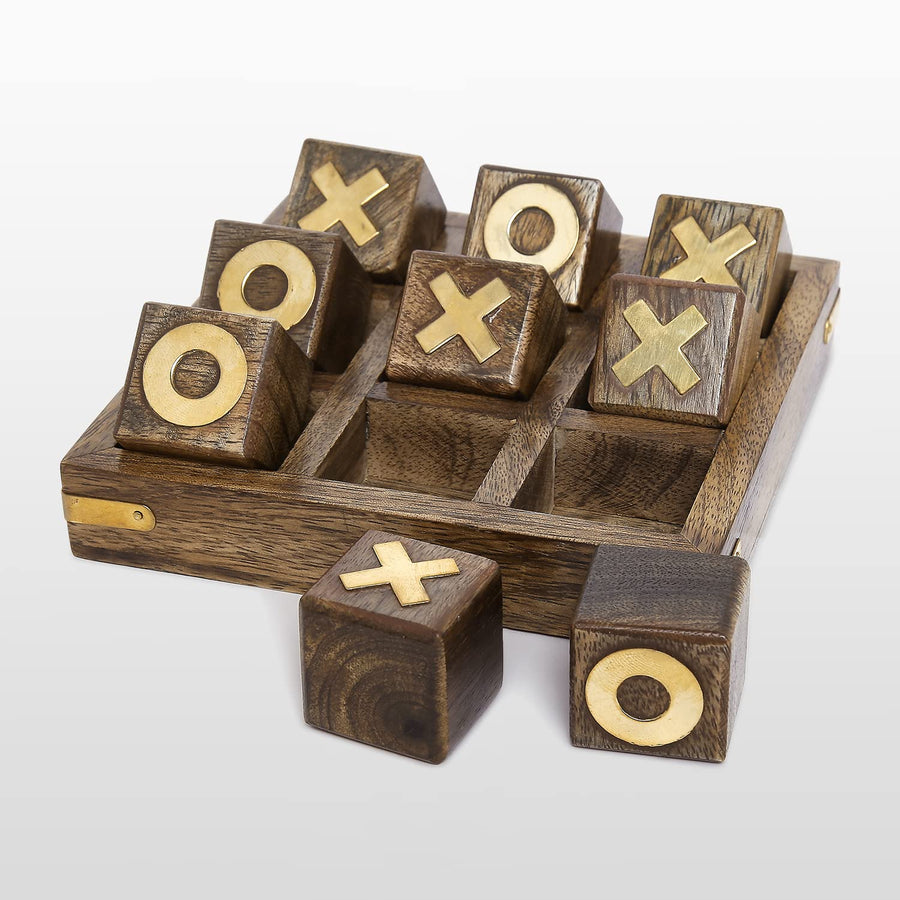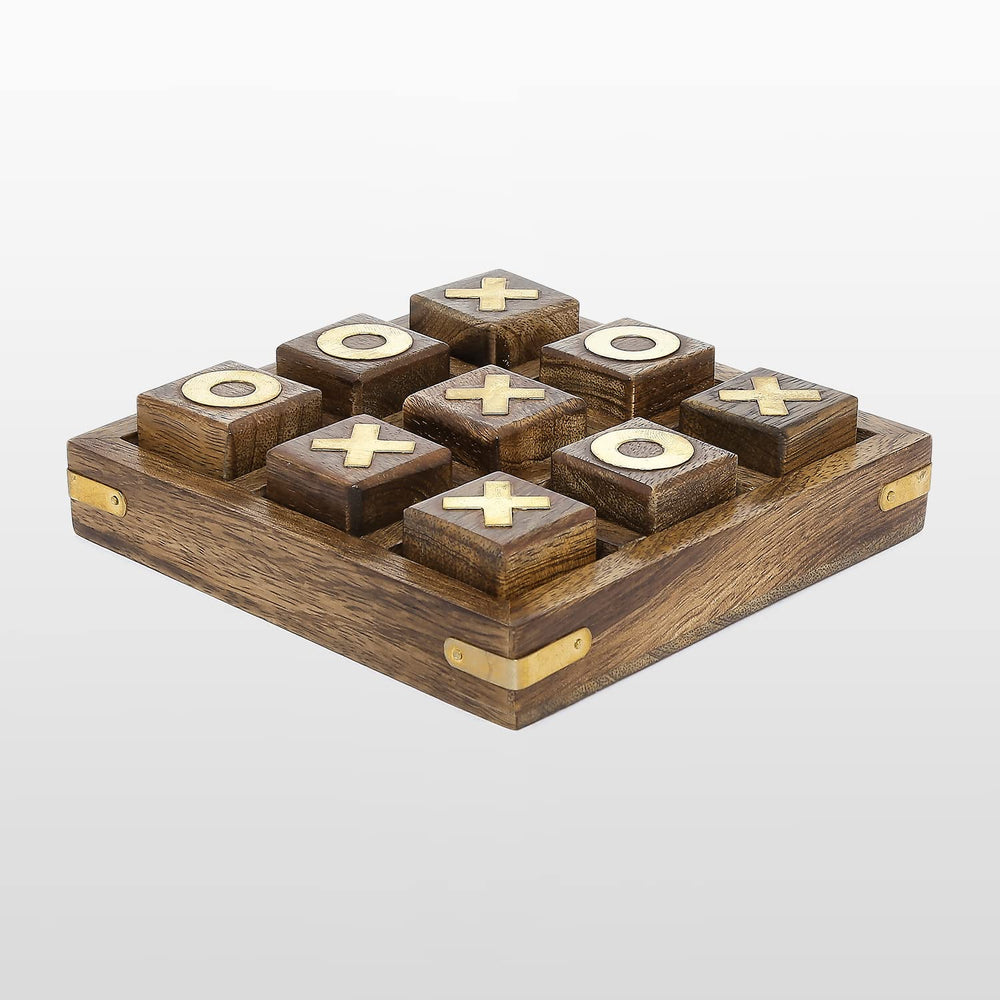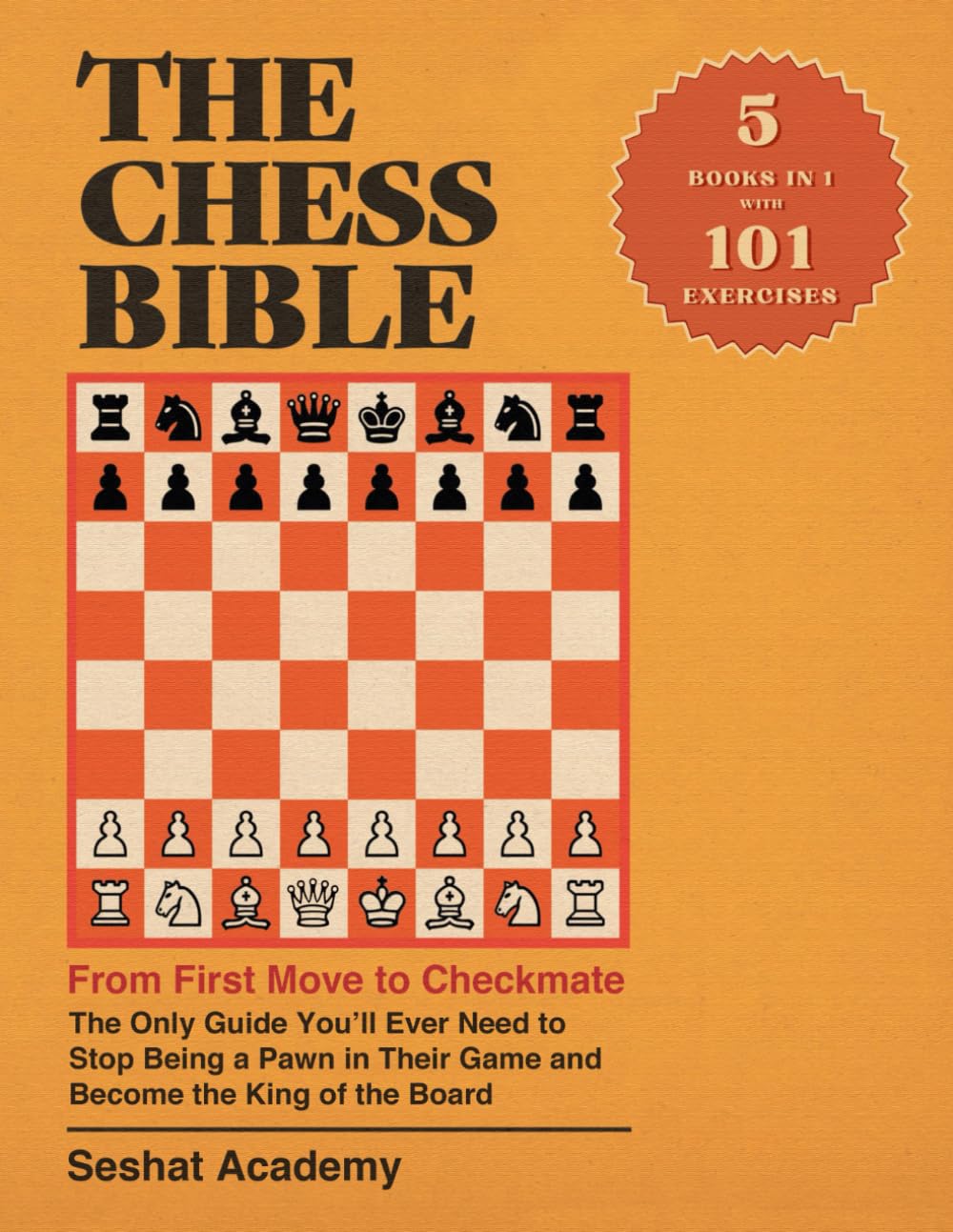How to Play Chess
Chess, a game of strategy and intellect, has captivated minds for centuries. But for newcomers, the black and white squares and seemingly endless array of pieces can feel intimidating. Fear not, aspiring chess players! This guide will equip you with the knowledge to set up the board, understand how each piece moves, and grasp the fundamentals of the game.
Setting Up the Battlefield
Chess is played on an 8x8 checkered board with alternating light and dark squares. Imagine a battlefield where opposing armies clash for strategic dominance. To set up the board correctly, follow these steps:
-
Board Placement: Place the chessboard with a light colored square at the bottom right corner for both players. This ensures everyone has the same board orientation. Refer to our blog on "How to Set up Chessboard"
- Piece Placement: Each player has 16 pieces: 8 pawns, 2 rooks, 2 knights, 2 bishops, 1 queen, and 1 king. Line up your pieces on the two rows closest to you, with the pawns occupying the front rank and the other pieces stationed behind them. Remember, the queen always sits on a square that matches her color (white queen on white square, black queen on black square).
-
Mirror, Mirror: Both sides of the board should be mirror images of each other. Double-check your setup to ensure a fair and balanced game!
Meet the Chess Warriors
Now that the battlefield is set, let's get acquainted with the warriors at your command! Each chess piece has a unique movement pattern, offering a variety of strategic options.
-
Pawns: The most numerous pieces, pawns can only move one square forward (two squares on their first move). They capture diagonally, one square forward, removing an enemy piece from the board. Pawns are the foot soldiers of the chess army, and promoting them to more powerful pieces upon reaching the other side of the board adds a dynamic element to the game.
-
Rooks: Powerful and versatile, rooks move any number of squares horizontally or vertically. Think of them as chariots, dominating the open squares of the battlefield.
- Knights: The only pieces that can jump over other pieces (including your own!), knights move in an "L" shape – two squares in one direction and then one square perpendicularly. Their agility makes them ideal for maneuvering around obstacles and attacking unsuspecting enemies.
- Bishops: Bishops move diagonally any number of squares, weaving across the board's dark squares or light squares depending on their starting position. Imagine them as swift archers, striking diagonally across the battlefield.
- Queen: The most powerful piece on the board, the queen combines the movement of both the rook and the bishop. She can move any number of squares horizontally, vertically, or diagonally, making her a strategic powerhouse.
- King: The most important piece, the king can move one square in any direction (up, down, left, right, or diagonally). Protecting the king is paramount, as losing him signifies defeat.
Basic Rules of Engagement
With your pieces in place and their movements mastered, let's explore some fundamental chess rules:
-
Taking Turns: Players take turns making one move at a time. White always makes the first move.
-
Capturing Pieces: When you land on a square occupied by an enemy piece, you capture it by removing it from the board and placing your piece on that square.
-
Check and Checkmate: If you move a piece in a way that directly threatens the opposing king (putting it in "check"), your opponent must address the threat on their next turn. If there's no way for them to remove their king from check, it's "checkmate," and you win the game!
-
Castling: This unique move involves the king and either rook on the same side of the board. The king moves two squares towards the rook, which then jumps over the king to the opposite side of it. Castling can only be done once per game for each player, and only if neither the king nor the rook involved has moved before.
-
Stalemate: If a player's turn comes but they have no legal move to make and their king is not in check, the game ends in a draw (stalemate)


